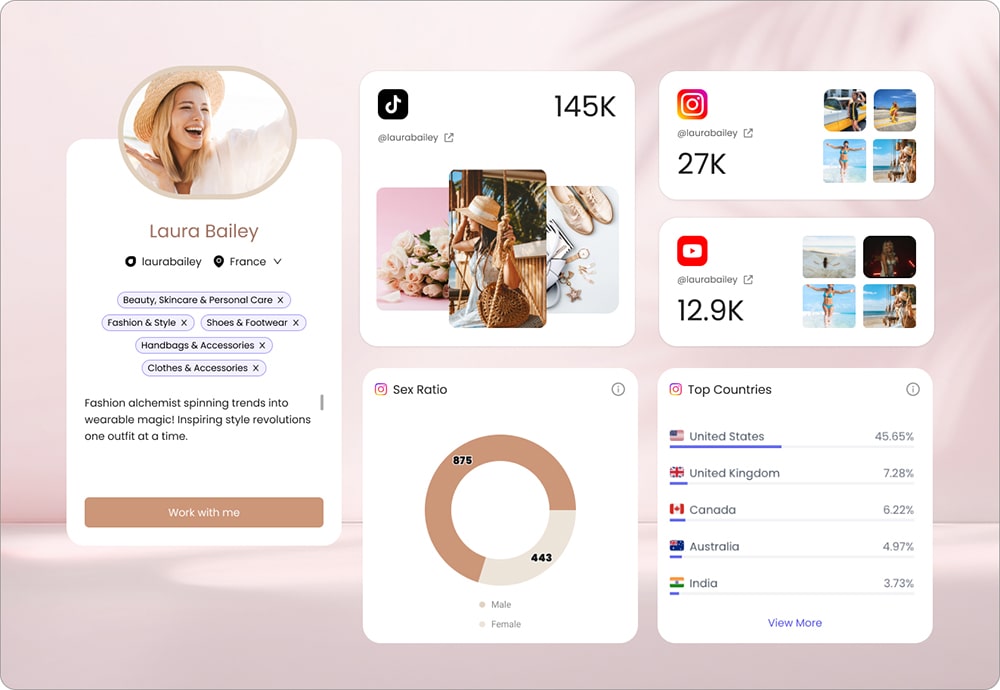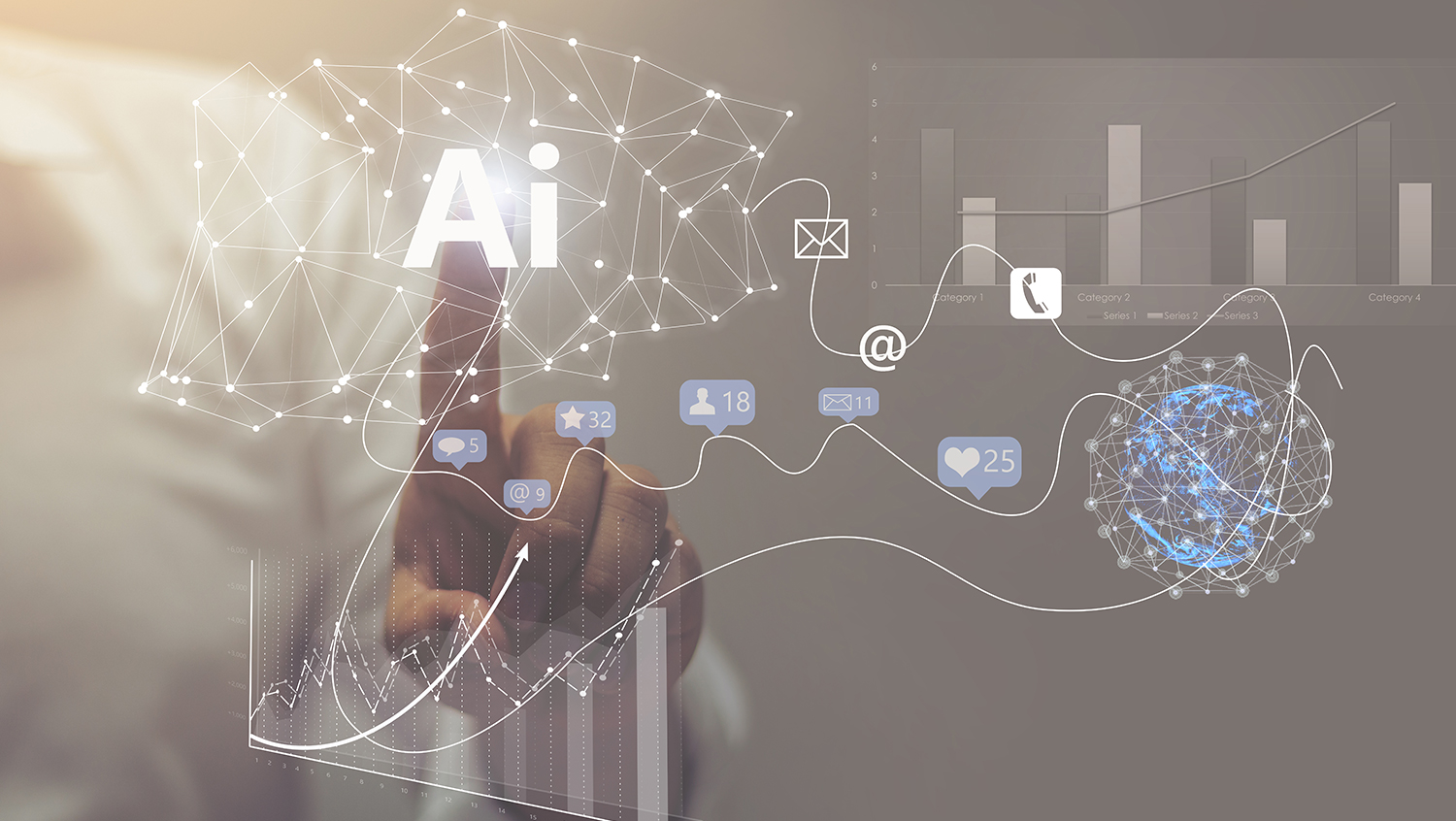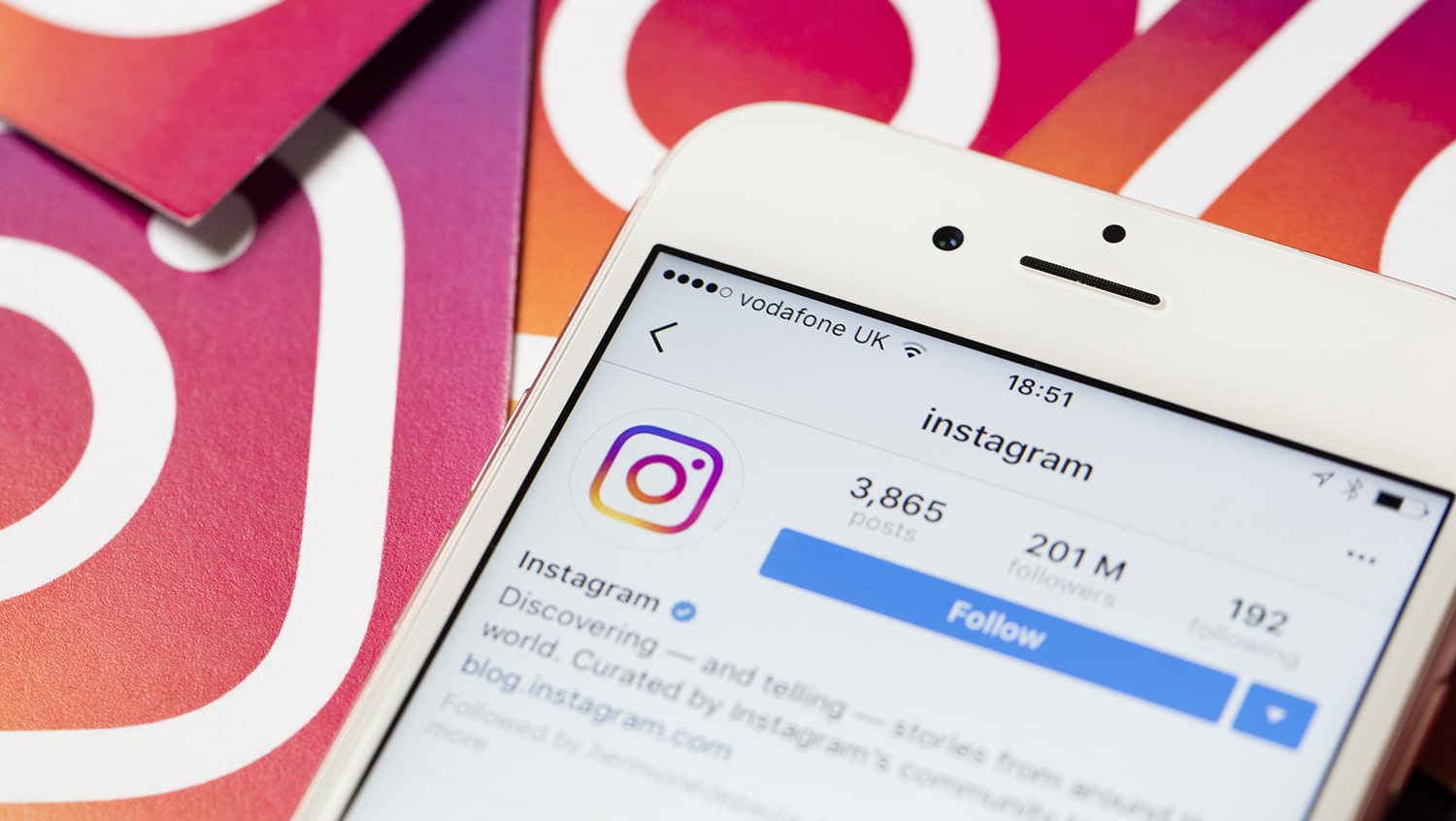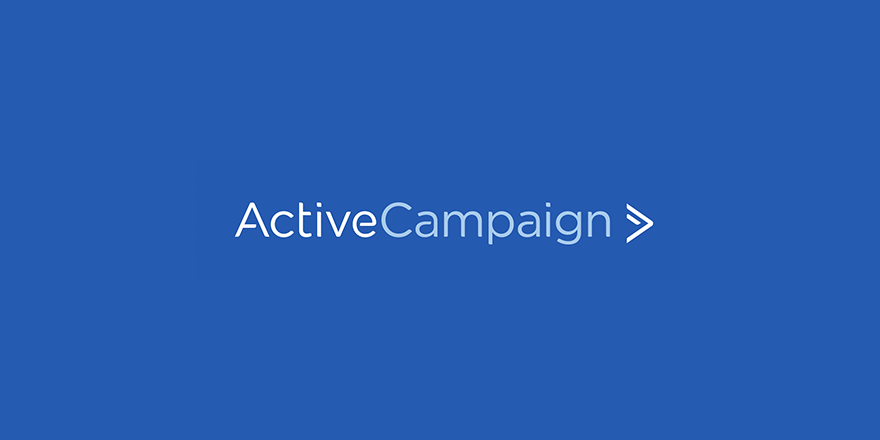With almost $5.2 billion in retail e-commerce sales in 2021, forecasted to reach $6.9 billion in 2024, e-commerce is not something you can overlook. Due to globalization, COVID-19, the people’s need to own things, and many other factors, e-commerce is taking over the world.
That’s why there are so many e-commerce trends you should look out for, including e-commerce personalization.
E-commerce personalization in marketing is no longer simply a luxury – it’s a path to success. From product customization and personalization messages to customer journey personalization tactics, e-commerce marketers seem to have mastered this craft. Except, not really…
Photo by Nataliya Vaitkevich from Pexels
Let us explain. Since there are so many tools and tactics with different degrees of customization, it turns out that nobody has cracked the code to the ideal way of e-commerce personalization in marketing strategies.
As with any other digital marketing phenomenon, personalization and customization in e-commerce is yet another matter that’s unique to each business. The good news is that, again, just as with any other digital marketing phenomenon, there are best practices you can follow.
The key to e-commerce personalization is tracking your customer’s behavior. Your e-commerce personalization strategy will be powered by the behavior and actions each customer makes on your site.
If you have an e-commerce site and you’re new to e-commerce personalization, then pick up a pen and paper because you’re going to need this.
We’re going to cover almost all you need to know about e-commerce personalization and teach you what a personalized shopping experience is. Why is it important in e-commerce? We’ll cover that too. To top it all off, we’ll give you some e-commerce personalization examples. For the fashion entrepreneurs out there, we’ll let you in on the best personalization solution for fashion e-commerce.
That’s a big bite to take, so if you’re ready to boost your shopping experience, just keep on reading.
What is a personalized shopping experience?
Let’s start with the big question. What is a personalized shopping experience, after all?
The short answer is: A customer journey that is customized to fit their preferences.
The long answer is: A customer journey where your products, communication, and offers are tailored to the customer’s needs and behavior, ultimately making them feel valued and taken care of, leading to conversions (and more).
It can be done through e-commerce personalization tools or custom personalization messages, deals, and recommendations. Either way, it all falls under the umbrella term of e-commerce personalization in marketing.
Photo by cottonbro from Pexels
Creating a personalized shopping experience on your site means implementing dynamic features that change based on a user’s actions. These actions include visiting certain pages, looking at specific products, abandoning their cart, etc.
In general, e-commerce customization has extremely diverse branches relating to different stages of your sales funnels. You can even implement e-commerce personalization tactics for both general markets (e.g., translating your site to different languages based on region) or individuals (e.g., showing them specific products they’d like).
To help you picture e-commerce personalization a little clearer, let’s look at some e-commerce personalization examples.
E-commerce personalization examples
Since fashion is the biggest B2C market segment of e-commerce, let’s talk about how clothing brands use e-commerce personalization. Taking ASOS as our case study, let’s look at how they implement their customer journey personalization.
- Suggesting related products
If a customer is looking at a product they’re interested in, chances are they’re interested in similar things as well. As an e-commerce personalization tactic, you should calibrate your product-detail page (PDP) to display products that are complementary, similar, or commonly bought with the viewed item.
Your product page is the ultimate location for upselling.
- View personalized lists based on behavior
If you’re going into their app simply to browse, they know how to get you started. With special sections of personalized recommendations, they get you hooked. From there on, you may remember that you needed sunglasses or that you were looking for a collared shirt.
Side note: Notice how they always say “you” and “your” in the personalized recommendations. It makes the customers feel like the brand hand-picked these items only for them.
- Showcase User-Generated Content (UGC)
Statistics show that companies that use UGC get a positive return on their investment. In the case of fashion e-commerce personalization, UGC can make the user relate to products and, most importantly, visualize them on themselves.
Personalized website examples
- Amazon
Being the pioneer of e-commerce personalization, Amazon knows how to delight its shoppers with custom recommendations that never end. In fact, this is one of the best e-commerce personalization tools ever. Their on-site e-commerce customization is on point with these custom lists:
- Recently viewed
- Keep browsing
- More items to consider
- Inspired by your Wish List
- Keep Shopping for
- Pick up where you left off
- Recommended for you
Prepare to be shocked – all of these lists are shown on the same page, next to each other, one after the other. And the best part is that it works!
If you want to get a gift for a loved one – you go to Amazon. If you want to get a tech gadget – you go to Amazon. They have absolutely taken over the market, and they keep getting better.
- Netflix
Ah yes, the inventor of “Continue Watching,” “Watch It Again,” and “Because You Watched *this*.” Netflix has gained such a massive base of fanatics not only due to its shows but also thanks to the fantastic personalization strategies they use.
You can also always see how much each show matches your preferences with a %. It’s evident that they use algorithms for matching shows with your preferences, and users like it that way.
- Spotify
Yet another personalization master – Spotify. With their custom playlist recommendations, they’ve become essentially the best place to find new music and enjoy what you already listen to. They have millions of loyal users, and it’s for good reason.
- Nike
Nike is and has been a pro at product customization. Although this is not a customer journey personalization tactic, it’s still under e-commerce personalization.
Building your own Nike? With your favorite colors? Who wouldn’t want that?
This tactic hasn’t simply benefited their bottom line. They have managed to build a community around it. It just goes to show that the big brands are big for a reason.
Why is personalization important in e-commerce?
Just like the ultimate goal of any marketing tactic, the goal of e-commerce personalization in marketing is to drive sales.
Understanding why e-commerce personalization is so effective and popular isn’t rocket science. Customization, in general, has always been a big seller. Customers love it when the buying journey is about them. They love it when you guess exactly what they’re interested in.
You target your online ads to specific audiences, right? In the same way, you must make sure the products on your e-commerce site are reaching the right visitors. If you have 100+ products on your e-commerce site, showing each one to a more relevant user can shoot your conversions through the roof.
Photo by cottonbro from Pexels
Stats about the importance of e-commerce personalization
- 91% of consumers claim that they’re more likely to shop online from brands that offer relevant product suggestions.
- 8 out of 10 active shoppers only purchase from brands that offer customer journey/experience personalization.
- 42% of shoppers get annoyed by content that isn’t personalized.
- 83% of consumers would like to share their data in exchange for a more personalized experience.
Imagine going to a website where you like everything you see. That’s the goal. Although you can’t hit a bullseye with every single thing, you can still make an impression.
Personalization and customization in e-commerce are not only about sales, though. It’s about nurturing your customers. Making them fall in love with your experience isn’t simply going to make them convert – it’s going to keep them coming back for more.
Photo by Karolina Grabowska from Pexels
Now, let’s get more specific. You can read about all the personalized website examples you want, but if you want tangible and measurable benefits of e-commerce personalization in marketing, we hear you loud and clear.
Strategies and Hacks
Strategies and Hacks
Marketing Tools Reviews
Marketing Tools Reviews
Strategies and Hacks
Strategies and Hacks
4 benefits of e-commerce personalization (for your customer)
The key to delighting your customers is to have a user-driven philosophy. In that spirit, let’s talk about what benefits your customers get from a personalized e-commerce experience.
- Relevant product suggestions. By making it easier for them to find things they like, you are ultimately improving their experience on your site.
- Feeling valued. Seeing your efforts in helping them find better pieces makes them appreciate the fact that you thought about them.
- More enjoyable shopping experience. Since they see more things they like and would want to consider, the shopping experience improves. Now, they might think of you as their ideal shop.
- Connection with your brand. When you engage with clients through personalization messages, they begin to think of you as a real entity. Thus, you manage to build a relationship.
Photo by Angela Roma from Pexels
4 benefits of e-commerce personalization (for your business)
Suppose you’ve delighted your customers, and now they love you. What are some benefits that you get to enjoy?
- Longer user sessions. If you keep showing your customers things that they like, they will keep browsing to find the next best thing. As a result, you get longer user sessions.
- Higher conversions. Now that you show your visitors more relevant products, they’re more likely to find what they need. Plus, an overall positive shopping experience is another great selling point.
- More loyal customers. If you manage to build a relationship with your customer, they will trust you and keep coming back. After all, you already know what they like, right?
- Connection with the customer. Having a good connection with your customer allows you to study them closely and keep on improving your custom tactics.
Summing up
So, there you have it – our small guide to e-commerce personalization in marketing. If you missed it, we covered personalization and customization in e-commerce, along with its importance, benefits, and lots of examples.
For those who don’t have time to read the whole thing, remember these 3 things – make custom product recommendations, send personalization messages, and operate with your customer in mind. Ultimately, a smooth customer experience can skyrocket your e-commerce brand.
Reviewed By Rem Darbinyan
Revolutionizing industries with AI, Rem Darbinyan is the CEO of ViralMango and an entrepreneur, AI expert, and influencer marketing strategist.









